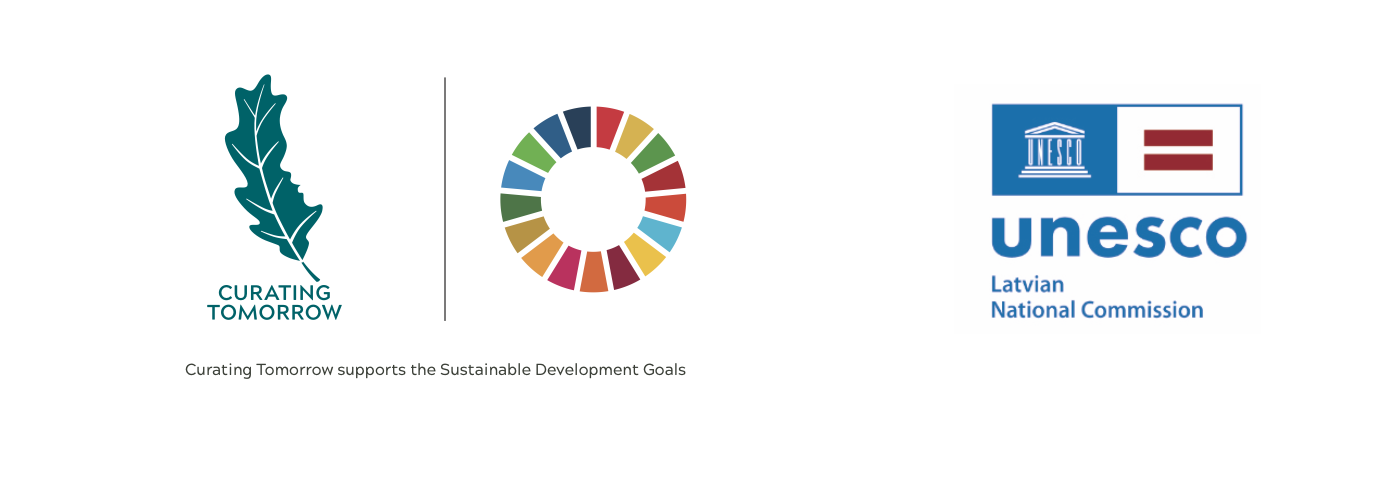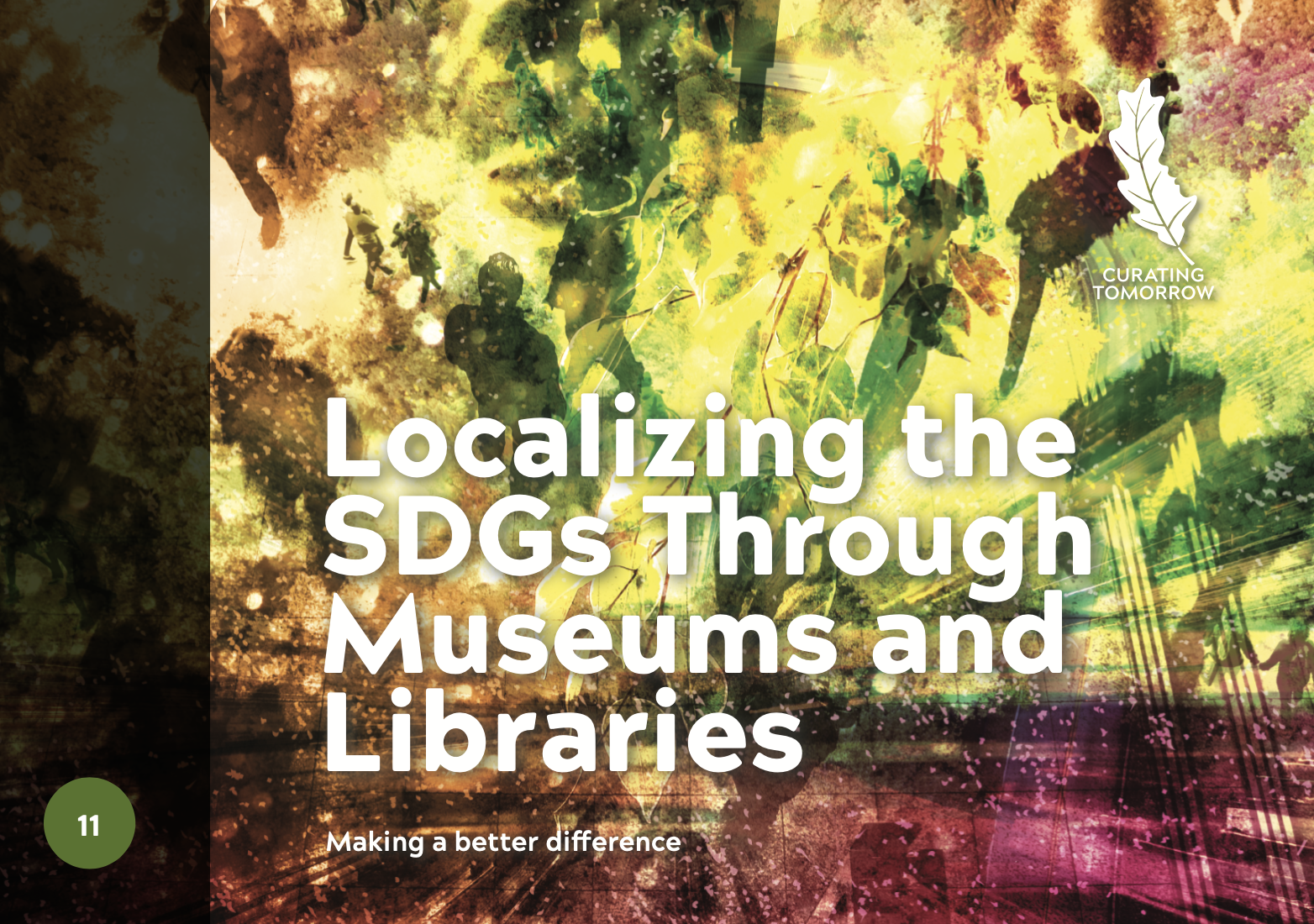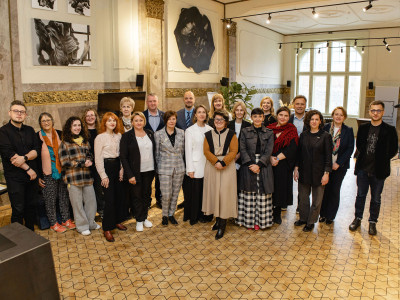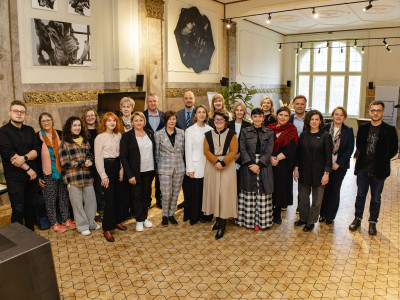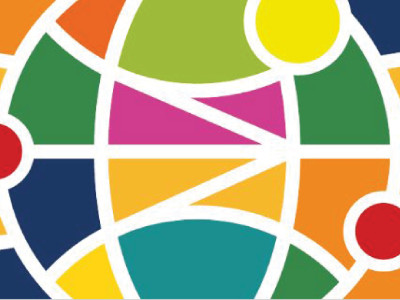How can we translate the Sustainable Development Goals to be relevant to local challenges and opportunities? A new tool ‘Localizing the SDGs Through Museums and Libraries’ has been produced in an international UNESCO cooperation project.
The Sustainable Development Goals are now halfway through their period (2015-2030). Since 2021 Baltic museums and libraries have been working to strengthen the contributions of museums and libraries to sustainable development, through education, social inclusion, use of resources, climate action, and partnerships. Activities have included training events, conferences, and the translation of educational materials. In 2021, libraries and museums of the three Baltic states collaborated to share good practices, resulting in the conference ‘Localising the Sustainable Development Goals through Baltic museums and libraries’, which was organised with the support of the UNESCO Participation Programme 2020–2021.
Building on this conference, a cooperation project was developed, led by the Latvian National Commission for UNESCO, working in partnership with museums and libraries in Latvia, Lithuania, Estonia, Georgia and Moldova. The project was called ‘Museums, libraries and the Sustainable Development Goals: tailoring common approaches to local settings’, and aimed to take this cross-sector and international collaboration to the next level. The project had three goals: building networks and partnerships, sharing experiences and good practices, and to develop a scalable methodology to ‘localise’ the Sustainable Development Goals.
As the result of the third project goal a new open-access publication, ‘Localizing the SDGs Through Museums and Libraries’ has been produced, written by UK-based museum consultant Henry McGhie (Curating Tomorrow), who has collaborated with the Latvian Museums Association for a number of years.
The new guide gives a brief introduction to the SDGs and how they relate to museums and libraries. Then it explains the approach of ‘localization’, which tailors the SDGs to local contexts. A practical, step-by-step ‘roadmap’ provides a suggested timetable, and main opportunities to apply museums and libraries to the SDGs. Finally, a set of additional tools is provided, to help to evaluate sustainable development challenges and opportunities. The guide is strengthened by case studies from the project partners.
Baiba Moļņika, Secretary General of the Latvian National Commission for UNESCO, summarises the results of the project: “People everywhere in the world are currently facing global challenges, and, when facing them, there is no better solution than wide partnerships; the project reaffirmed that memory institutions are able to identify environmental, social, as well as economic problems and to offer innovative solutions to them.”
Henry McGhie, the author of the guide emphasises: “Museums and libraries have a huge potential to help achieve the SDGs in many different ways, but the global framework needs to be translated to local challenges and opportunities. In a world with many challenges, we need to get to work, fast, to secure a future that is peaceful, prosperous and fair, in a healthy natural environment”.
The guide ‘Localizing the SDGs Through Museums and Libraries’ is now freely available for all those interested here. The recording of the conference that contributed largely to the development of the guide is available to everyone on the Facebook.com and Youtube.com.
